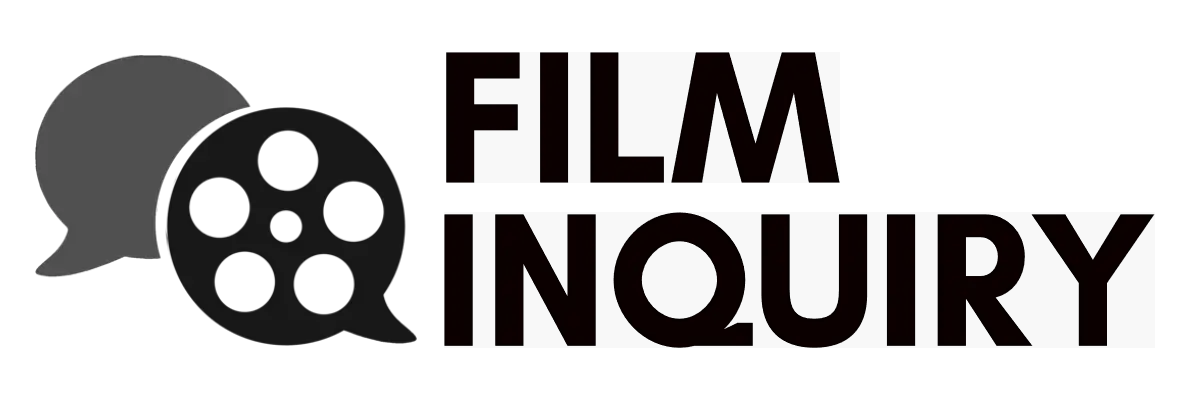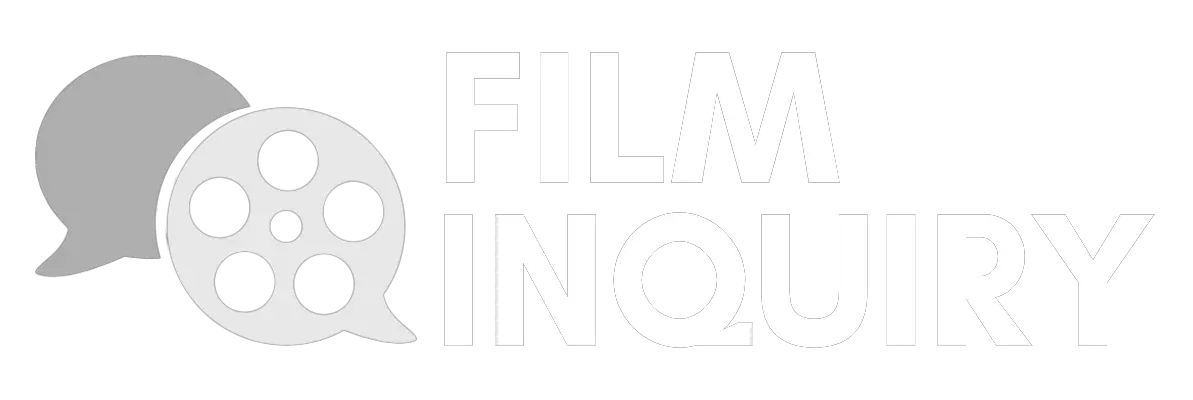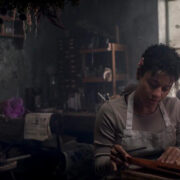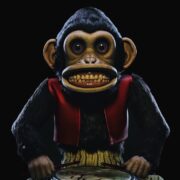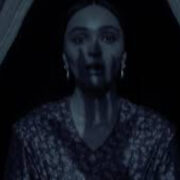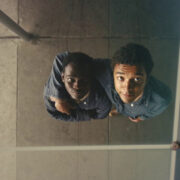Jumping Borders With Bong Joon-ho’s Universal Language
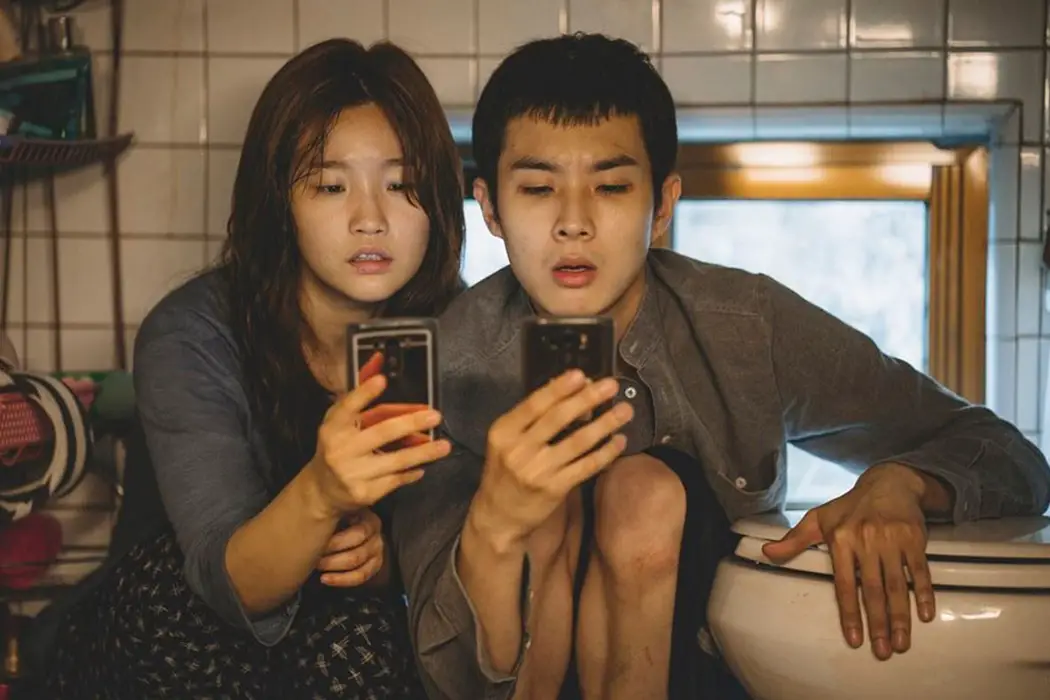
23year-old multi-award winning filmmaker and writer from the UK, a…
Now deservedly dubbed an ‘Academy Award-winning’ filmmaker, Bong Joon-Ho’s expressionistic language of cinema is and always has been universal. Despite this, director Bong clearly shows us he’s still struggling to pick up English, explicitly implied by the weight of importance thrust on the shoulders of young translator and filmmaker, Sharon Choi during a redemptive award season for the film industry. In which the director must have travelled the length of the planet three times over, explaining and promoting 2020’s Best Picture winner, Parasite.
This article is available as an Audio Article to our patrons!
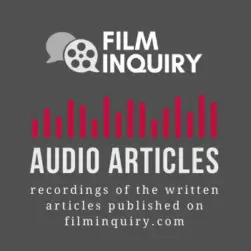 Don’t feel like reading and would prefer to listen, instead? Sign in or become a patron today!
Don’t feel like reading and would prefer to listen, instead? Sign in or become a patron today!
In the past, Bong directed two English language films with all-star western casts, Snowpierecer (2013) and Okja (2017), featuring the likes of Tilda Swinton, John Hurt, Chris Evans, Paul Dano, Jake Gyllenhaal and more. The latter was nominated for the Palme D’or at Cannes in the summer of 2017, the famous international trophy he eventually picked up two years later for Parasite.
How does Bong manage to infiltrate borders so easily? He’s worked with actors in both languages and seemingly every genre underneath the sun, despite not being able to communicate complex ideas verbally, in English. As he mentioned when asked about why he returned to South Korea, or how it was different, the director had this to say, “I was comfortable. Production was small, focused… all the small details and nuances and with my native language [he continues in Korean] – there were elements that were enjoyable.”
The answers are embedded into the dialect of his most palpable language, film.
“Everything is extreme in Korea”.
Before Bong embarked on his filmmaking journey, he was a graphic artist. From the thorough examination of Parasite’s awards campaign, his use of storyboarding is vital for his process. So vital, Parasite’s storyboards are being published in 300 pages of a graphic novel. Visual communication is our guide and this mode of language is 3-dimensional in filmmaking, it translates not just into imagery but into hyper-expression and motion; sometimes director Bong will throw in a touch of audible rhythm to upscale these two.
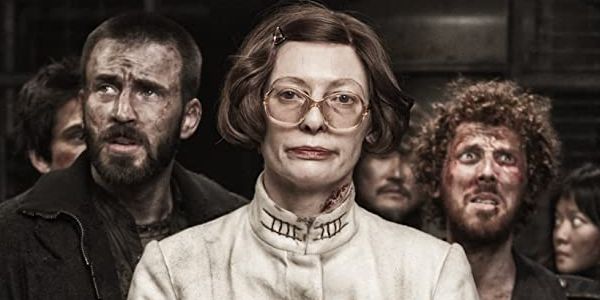
His actors overact and his camera motion overreacts. Though the nature of the second varies from film to film. A better term for overreaction is hyper-expression. Every feeling is taken to its extreme, it’s done subtly, with actors bobbing their heads, flailing the hands everywhere, sometimes it’s done with stark consideration of the frame. Every Bong Joon-Ho film features a wildly aggressive and hilarious drop-kick somewhere. Memories of Murder features almost five in total. As Bong explains, “Everything in Korea is extreme, we work too much, we drink too much.”
Both these extremes are represented in emotion, story and visual cues. That’s why a sunny birthday party can evolve into a murderous rampage, and for some reason it feels honest, as well as surprising. Knowing this, we can determine why the performances of his cast translate so well across the planet, no matter how the words change in subtitles. The emotions are set in stone, delivered from the actors in their hyper-expressive forms as they stretch their arms across our screen, sometimes they simply fall into the frame off-screen. We may not understand what they’re saying, but we know how they feel in any given moment. If you can communicate that, you can work with any actor, in any language. This is aided by our friends, motion and rhythm.
As above, so below, left, right and forwards.
Once helmed properly these two things; hyper-expression and motion work perfectly in sync, sparking the kinetic energy that is a film by Bong Joon-Ho. In Parasite, camera motion is mostly understated, in Snowpiercer it’s exhibitionism. That kinetic energy is the spark that leads to such physical reaction to his films. This can only happen because he builds his story very carefully, around 3-dimensional spaces.

Now, we can look at Parasite and it’s clear. It’s a vertical story, upper class, lower class. It’s visual but it’s also 3 dimensional, in the “ram-don” scene for instance. The camera whips every direction, as Alex Mackendrick says, “What the film director really directs, is the audience’s attention.” Combining motion and hyper-expression, that’s what Bong does, he physically demands your attention in movement, left, right, down, up, down again, right, left. Bong even likes to go backwards and forwards which not many directors attempt. In Parasite, this movement matures into pans and movements that mix into a more complicated axis of directions.
Altogether, they create the visceral rhythm and reaction Bong is looking for, kinetic energy. Similar to a comic book or a graphic novel, if you treat the shots as panels, they come from left, right, below, above – they punch in and out. The characters’ movements dance with those panels.
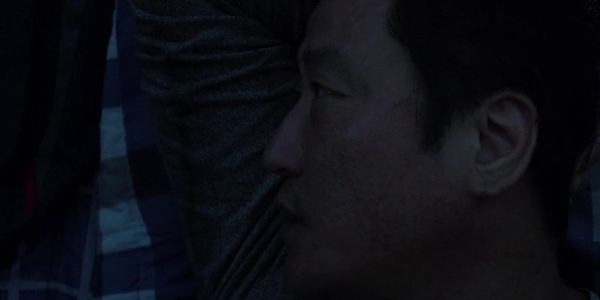
In Snowpiercer, it’s obvious the story is forwards and backwards, but vital emotional beats and sequences are compressed into simply, left and right. Any human can understand that, left and right, forwards and backwards. His language is simple and easy to understand. A dark narrow corridor becomes alive when you helplessly push forward an audience’s perspective.
These strict lines of movement appear in his other work too, The Host, featuring a monster who lives underground, while the family live on the land and many sequences take place on bridges. Up and down. In the famous reveal of the monster, 15 minutes into the film, the action moves from left, forward, up and right, down. It’s perfect rhythm when combined with a wonderful sound mix that emphasises the change in direction by their angles. Footsteps from left to right, a faucet running behind us, you get the point.
Utilising all the senses
Bong Joon-Ho’s most fluent languages aren’t defined by imaginary country borders, words on a page, accented letters or subtitles. It’s influenced by sight and sound. The two components that make up the basic idea of filmmaking, he donates them with direction. Everyone can get behind what their senses inherently feel and receive when they watch a film. Subtitles don’t always provide the juice we really want, that may well be true. But Bong Joon-Ho can do it with images and sounds by surrounding and immersing us within them, instead of just presenting them to us on a flat surface, his stories and emotions are planned and blocked around us and our senses.
Subtitles? Subtitles end up being supplementary material to the experience of watching his films, subsequently, immunity finds each of his feature films. Where some dialogue-heavy writer/directors may not translate due to their aggressively complicated use of dialogue; Noah Baumbach or any film penned by Aaron Sorkin, may be good examples, Bong Joon-Ho is a filmmaker for an entire globe. His stories are born from image and sound, emotions dialled to extremes and technically give the force of direction in a space that lives around us, the audience.
What do you think, is Bong Joon-Ho as effective with and without subtitles?
Does content like this matter to you?
Become a Member and support film journalism. Unlock access to all of Film Inquiry`s great articles. Join a community of like-minded readers who are passionate about cinema - get access to our private members Network, give back to independent filmmakers, and more.
